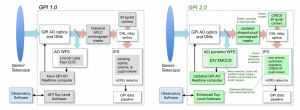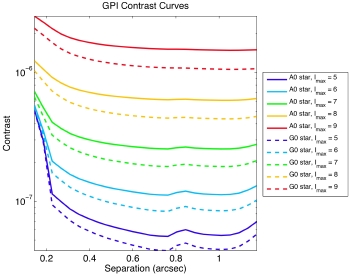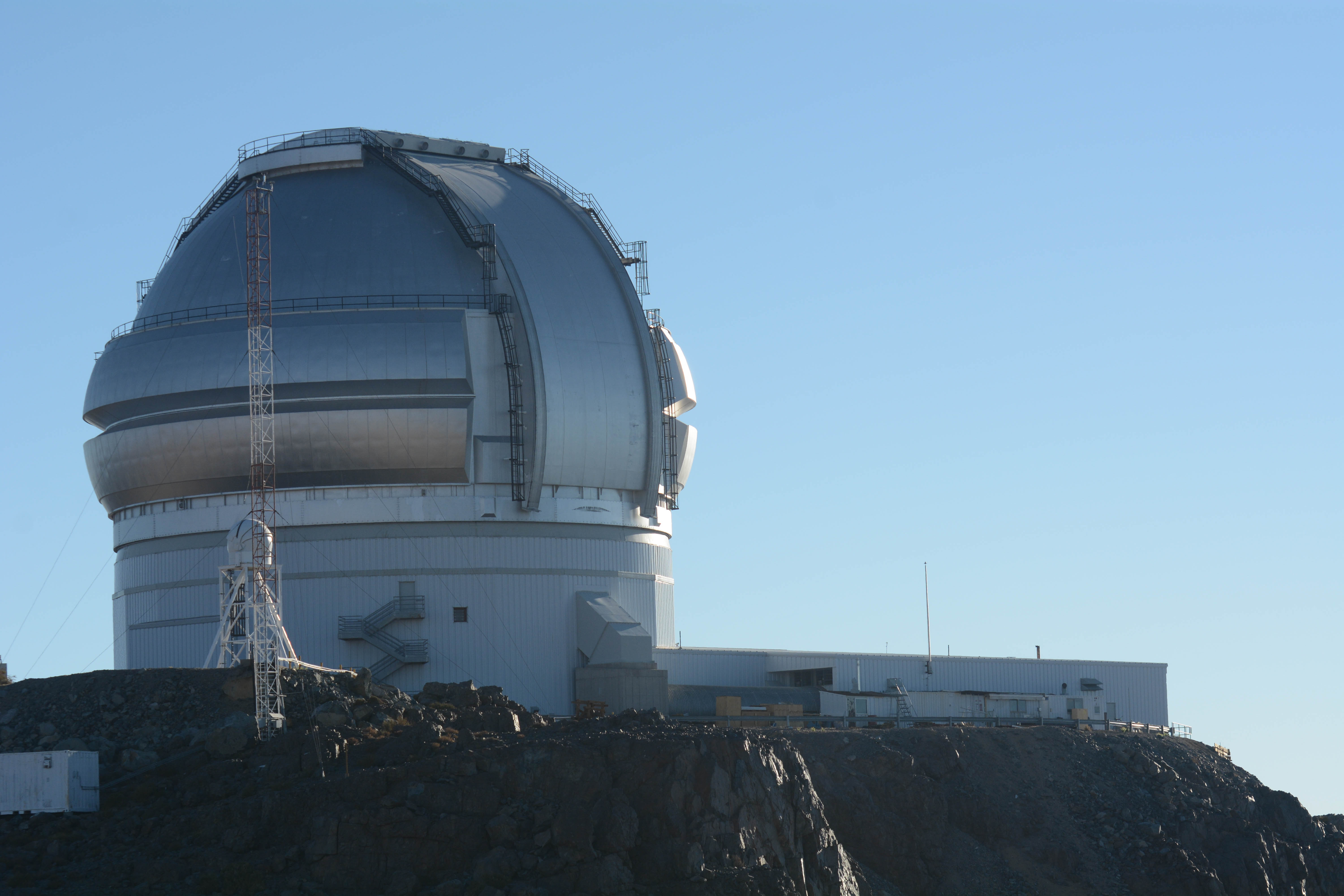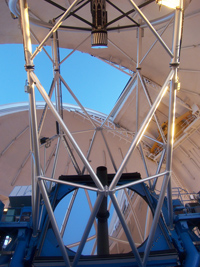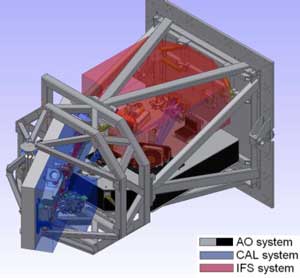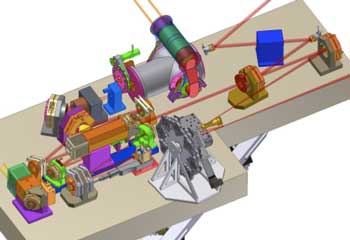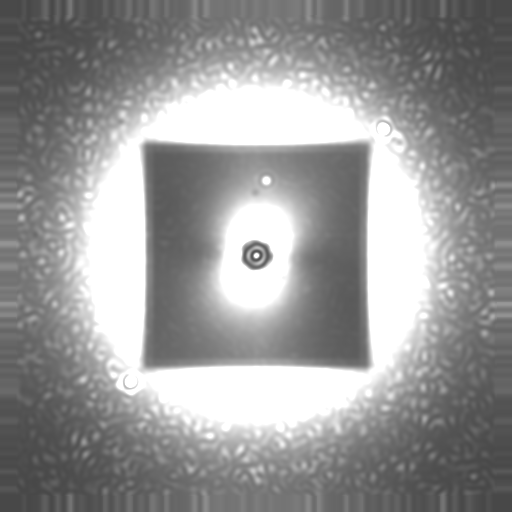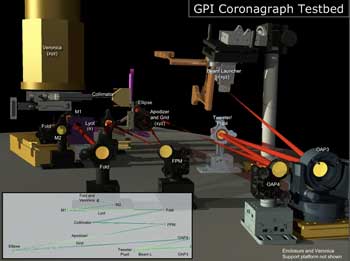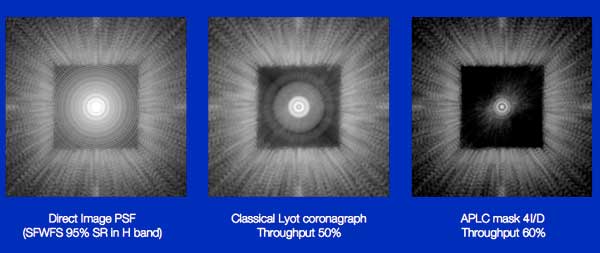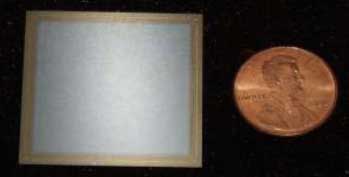The upgrades that will result in GPI 2.0 include state of the art optical and software systems.
The schematic below shows the improvements that will be made to GPI’s technology before the new-and-improved instrument makes its way to Gemini North in Hawai’i
For more details on specs of GPI 2.0, click here.

